After signing a deal with St Johnstone through to the end of the season, Barry Douglas becomes the second oldest current player at the Perth club by a few months.
At 35, the former Leeds, Wolves and Dundee United left-back and Graham Carey can definitely be put in the veteran category of footballer.
Courier Sport looks back through the years to find three players who were Saints success stories at the same age, three who flopped and three who weren’t nearly as old as you might think!
Hits
Callum Davidson
In the close-season of 2011, Derek McInnes brought the man with the biggest transfer fee Saints had ever received back to the place where it had all began.
Davidson had just turned 35 by the time he made his second Perth debut.
McInnes insisted it wasn’t a sentimental signing and he was proved to be correct.
Davidson played 23 games in his first season and 27 in the second before hanging up his boots to become Tommy Wright’s assistant manager.
Craig Conway
There are other players, such as Shaun Rooney, David Wotherspoon, Jason Kerr and Ali McCann, who grabbed the headlines in Saints’ cup double season but Conway’s contribution shouldn’t be downplayed.
The speed of his thinking made up for his pace having diminished and the former Dundee United star’s crossing ability was a significant part of that golden campaign.
Conway scored Saints’ third goal in the League Cup semi-final victory over Hibs and then dropped an out-swinging corner on to Rooney’s head for the winner in the final.
He drifted out of the starting line-up after that, with Glenn Middleton’s game-time increasing, but he made 35 appearances in his one season with saints, scored four times and wrote his name in club history.
Andy Considine
Nobody could claim that the two seasons Considine was a St Johnstone player were anything approaching successful for the team.
Nor could they claim that he was the same defender as he’d been at Aberdeen.
But the former Scotland international was a good signing nonetheless.
He played 72 times and for the first quarter of his two-year stint was consistently one of Saints’ best players.
The old ‘legs gone’ observation became valid by the end – backed up by the fact that he retired after he wasn’t offered another contract – but coming off the bench to help Saints protect their lead at Fir Park and keep them in the Premiership was a fitting way to say farewell.
Misses
John McClelland
McClelland the St Johnstone manager gets talked about more than McClelland the St Johnstone player.
An excellent central defender for Rangers, Leeds and Northern Ireland, he was 36 when he signed for Alex Totten and played more games than he missed in the 1992/93 season.
He was OK but certainly no Sergei Baltacha.
That Saints fans got the impression Baltacha was being eased out to make space for McClelland didn’t help his popularity.
He appeared 13 times as player/boss after succeeding Totten and famously brought himself back into the team – at nearly 38 – for his final game in charge.
That defeat to Partick Thistle laid bare that operating in the Scottish top-flight was beyond him and that some of his players were willing to hang him out to dry to get him sacked.
Willie Falconer
Had Darren Jackson been a few months older he would have been in this section as well.
Jackson and Falconer were part of a team that was hurtling towards relegation, first under Sandy Clark and then Billy Stark.
Falconer did score the goal that won Saints their first league game of that wretched 2001/02 campaign but the fact Stark let him leave in March told you he wouldn’t be troubling the club’s hall of fame.
Chris Iwelumo
The man best known in Scottish football for a miss at Hampden Park bagged himself a Scottish Cup winner’s medal with St Johnstone.
Iwelumo was an unused substitute for the big day at Celtic Park on May 17, 2014.
Before that he didn’t start a single game under Tommy Wright, eight times coming off the bench.
Iwelumo is part of the club’s most celebrated occasion but there isn’t a single goal to his name.
They were how old?
Raymond Stewart
A West Ham United legend, a Wembley winner with Scotland and one of the best players to come out of Tannadice, the Perthshire boy returned home to Saints in the summer of 1991 along with another local lad, Ian Redford.
Given he had starred for the Hammers for so long (12 years) and Saints would turn out to be the last club he played for, bar a couple of games at Stirling Albion, you might have assumed he was around the 35 mark when Totten brought him back north.
Stewart was just 31.
Sadly, though, injuries had taken their toll and he only made 18 starts.
Jody Morris
Had it not been for the former Chelsea star earning a bad boy reputation (ill-deserved) down south, there’s not a chance Morris would have come into St Johnstone’s orbit.
But his old Millwall team-mate, McInnes, persuaded him that Perth was the right place to get his career on track.
He was only 29.
Saints had themselves an English Premier League level midfielder at what should have been the peak of his powers in their First Division side.
To put it in context, Michael Duberry was 34 when he signed.
Willie Watters
Watters wasn’t at Muirton Park for long but his star shone brightly.
There were three hat-tricks and 18 goals between November 1987 and May 1988 to help Saints out of the old Second Division as runners-up to Ayr United.
The last of those hat-tricks was against Arbroath on the afternoon promotion was secured.
A cult figure at most of the clubs he played for, the carpet-fitter would never be mistaken for athletic, thus the fact he looked older than he was wearing the iconic Matchwinner Saints ‘bib’ kit.
But Watters was 23 when the Perth club paid £5,000 to Clyde for his services.
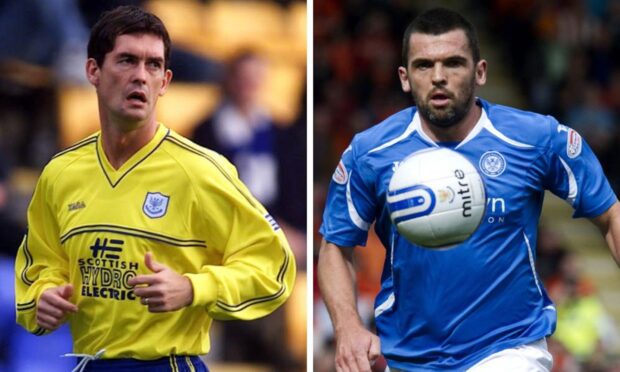
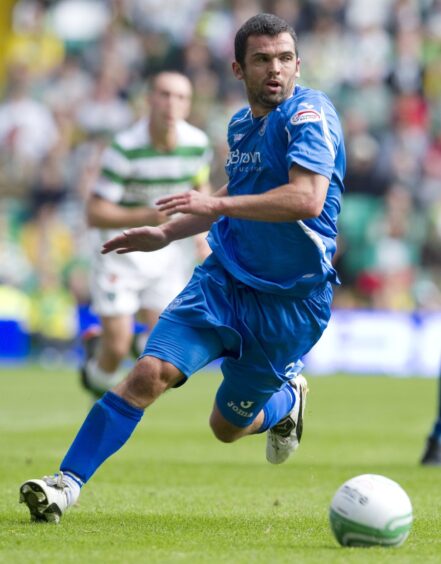
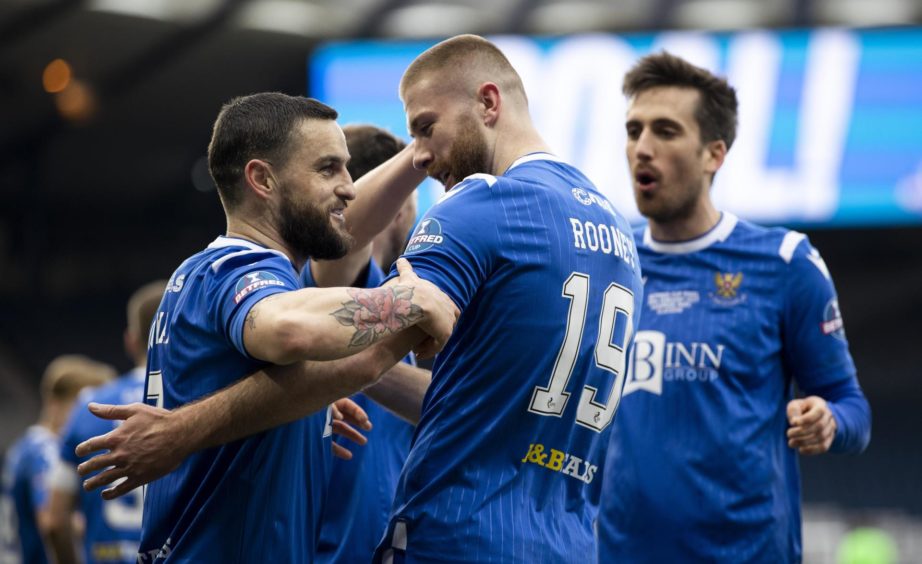
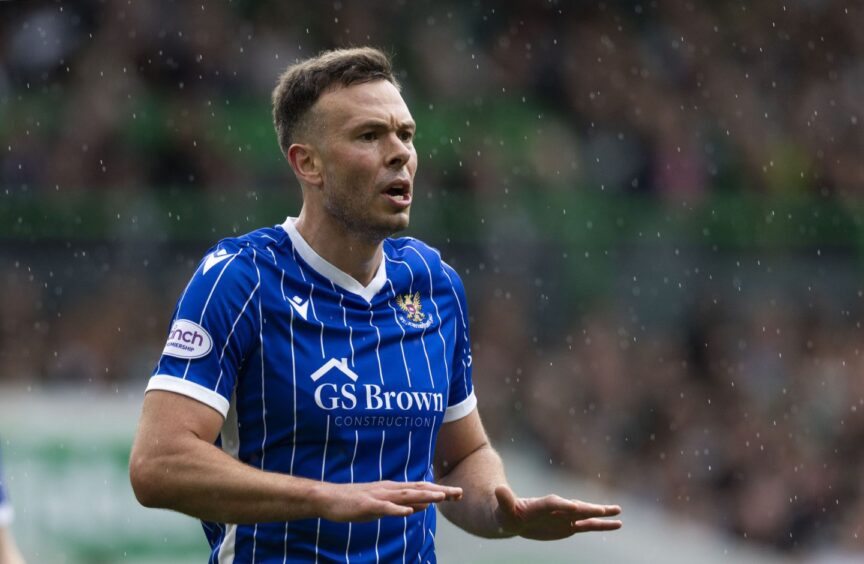
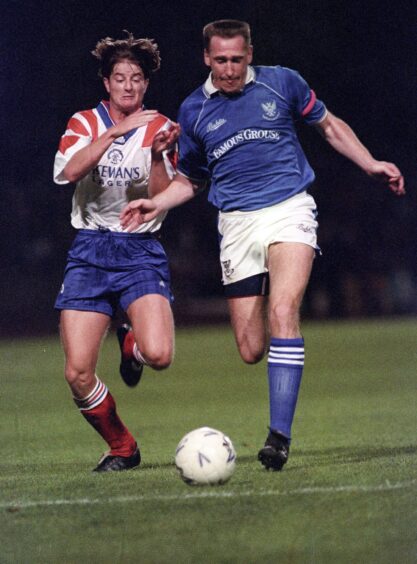
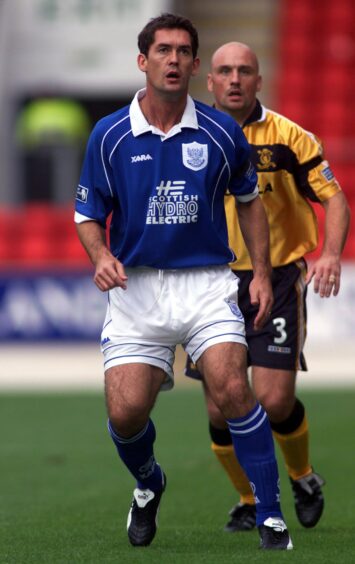
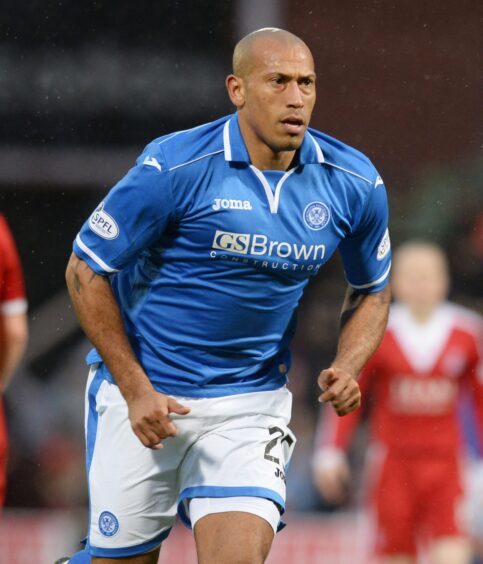
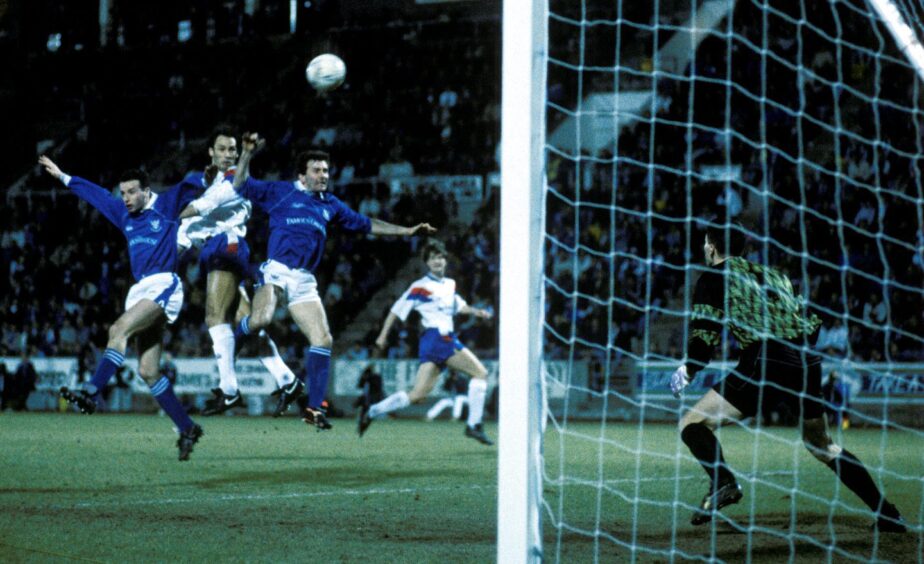
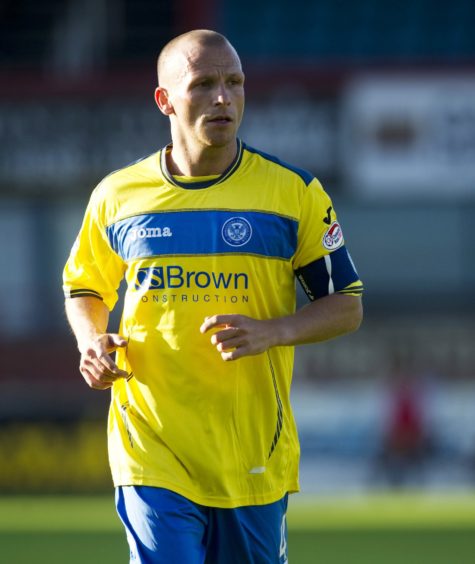

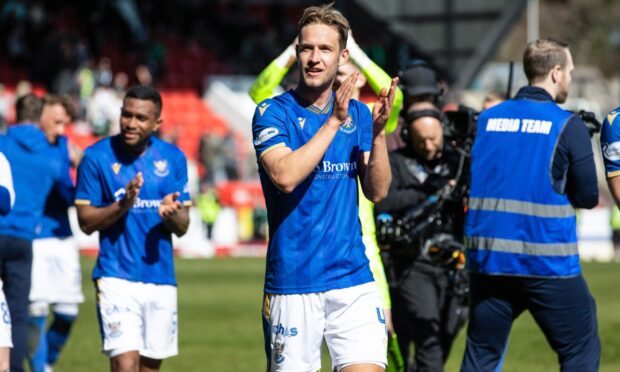
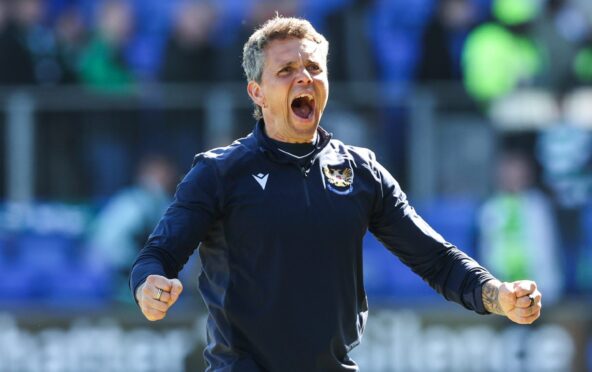
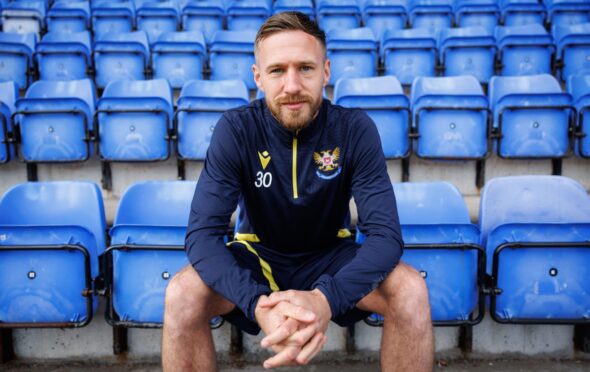
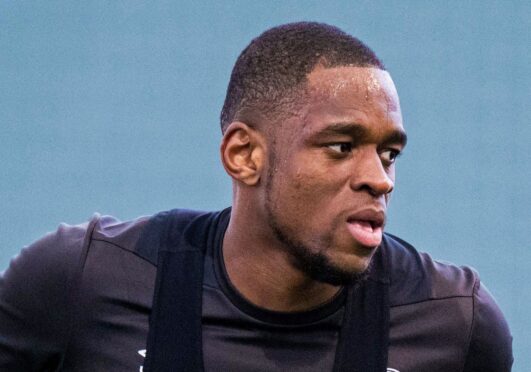
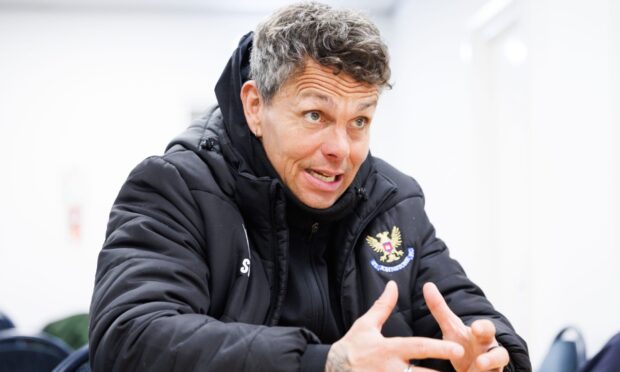
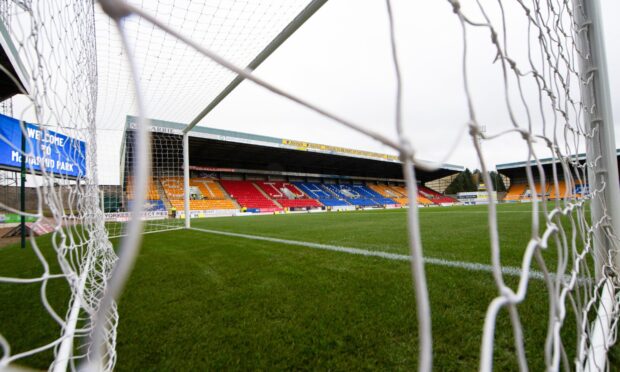
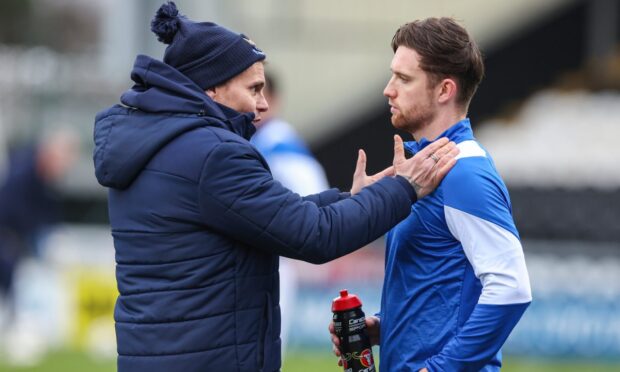
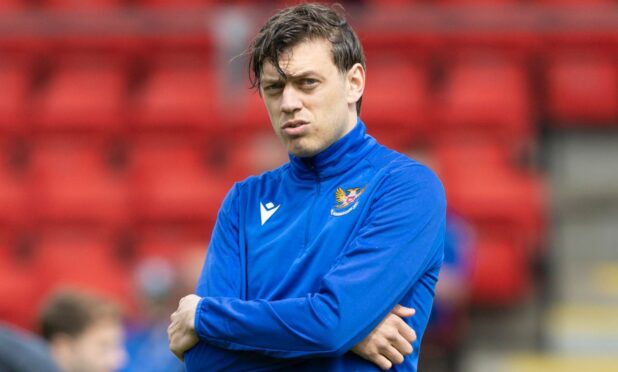
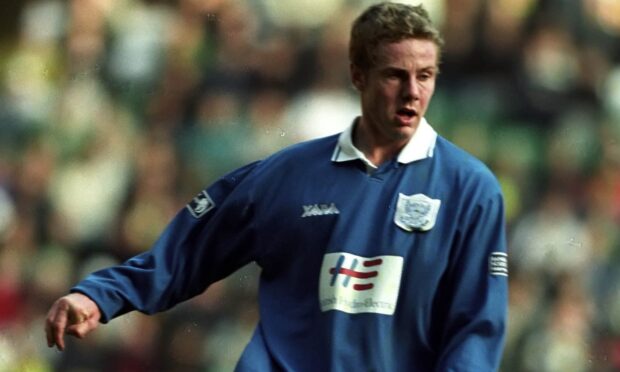
Conversation